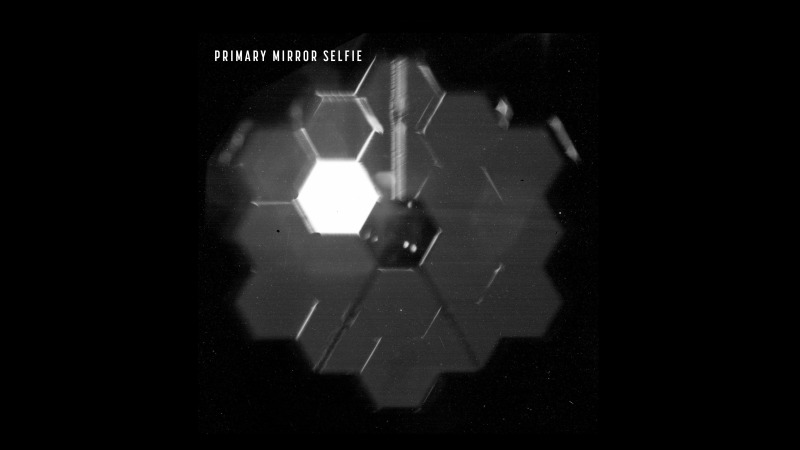image: wikipedia
Reflecting on how science and astronomy have grown and blossomed into what we study today really illustrates how amazing ancient feats of astronomy and observation were. The impacts of archeo-observations of the night sky still effect us today, including in the name of months, the days of the week, and the length of our days and years.
Many monuments have been discovered that illustrate the feats of engineering and calculation that ancient peoples achieved to record and interact with celestial events like solstices and equinoxes.
One of the most interesting (in my opinion) examples that we mentioned in class, is the Samarkand observatory known as Ulugh Beg’s observatory. This structure was built in the 1420’s, over a hundred years before the completion of Stonehenge, and was used by Ulugh Beg to house a 36 meter (118 ft) tall sextant. Half of the sextant was underground to ensure that the building was not too tall. The lower portion of the sextant is all that remains today, though descriptions of the building in its prime allow us to better understand other measurements that were taken there.

The sextant would have been used to measure the angle of elevation of celestial objects, especially during solstices, when light from the sun would shine through a small opening and alight on the track of the device, providing precise angle measurements.
Ulugh Beg and his astronomers calculated very precise measurements with this observatory, most shockingly, the measure of Earth’s tilt in relation to the ecliptic! His results were incredibly close to modern measurements.














